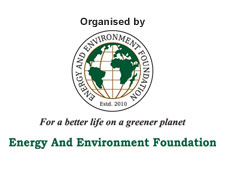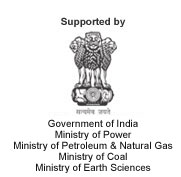The petroleum refining industry is one of the most energy intensive industries and a major part of their operating costs is spent on energy usages. So energy efficiency plays an important role in the economic growth of a refinery. Also nowadays it is essentially important as energy uses lead to emissions of greenhouse gases which creates environmental problems. Thus to meet the emission directives, specific evolution in the area of energy efficiency is needed. In order to fulfill these goals, Pinch Technology seems to be one of the most efficient methods for energy optimization. The use of Pinch technology in design ensures maximum process to process heat recovery and minimum external energy requirement. In our paper, we have considered a case study of the pinch analysis of atmospheric and vacuum distillation unit(AVU-3) of IOCL Barauni refinery. The main aim of this paper is to show how pinch can be used to evaluate the total usage of utilities, comparing them with the minimum theoretical utilities obtained and then choosing the optimized ΔTmin for a minimum energy cost and capital cost. The results of the pinch analysis indicated that the total theoretical minimum energy demand for all the 3 trains is 23728.0 Kw of heating and 28445.76 Kw of cooling. Also it was observed that there is a possibility that the furnace duty in train-3 HEN can be decreased by 13.62%.
Thus it is concluded that the pinch technology saves more energy and utility than the traditional techniques.
Key Words – optimization, Pinch Technology, utility, IOCL Barauni.
|







